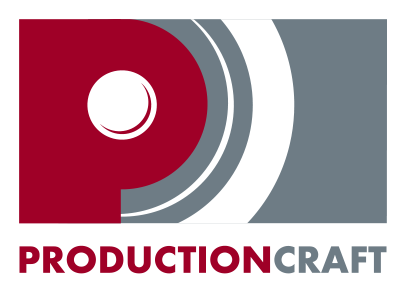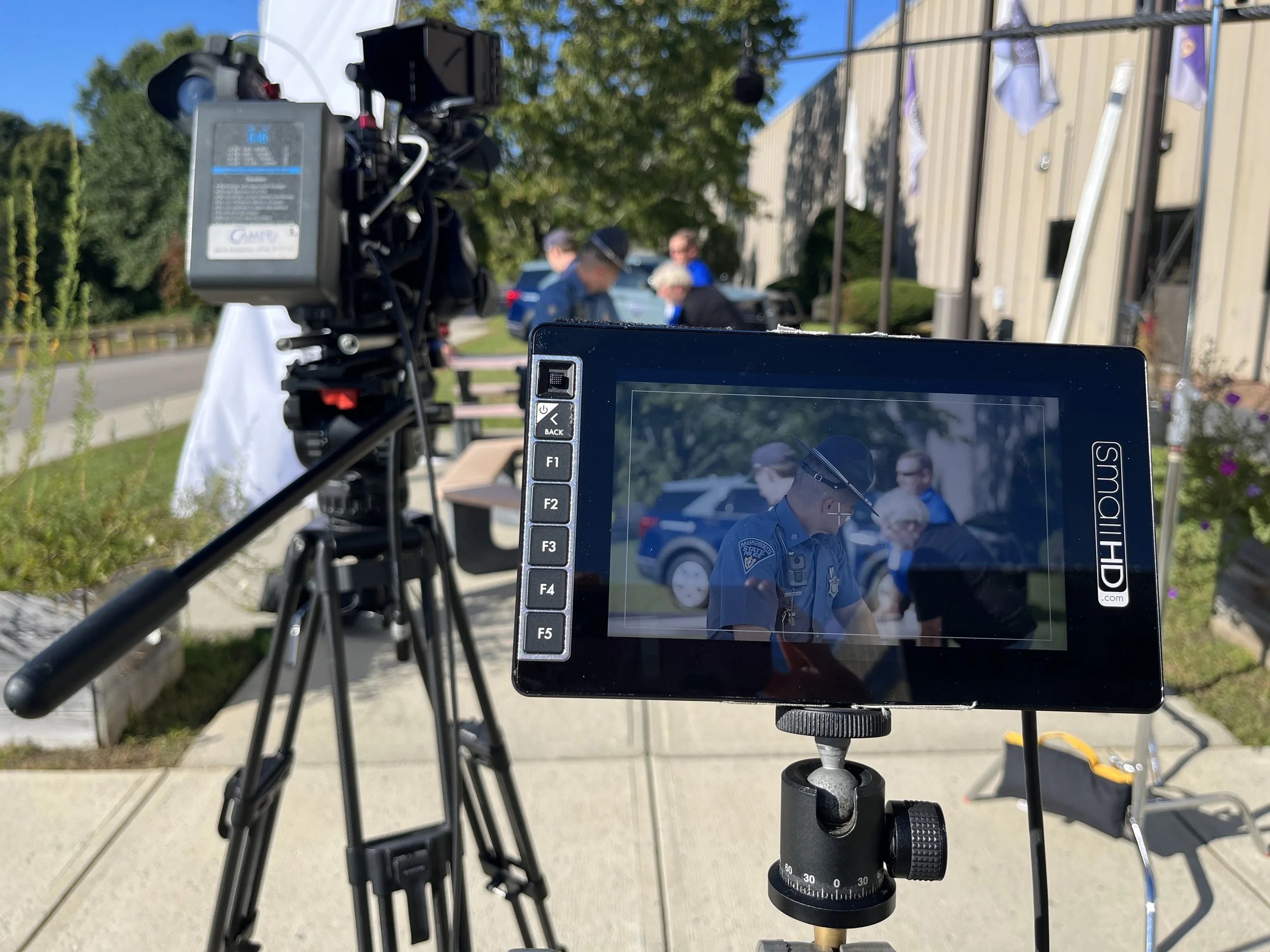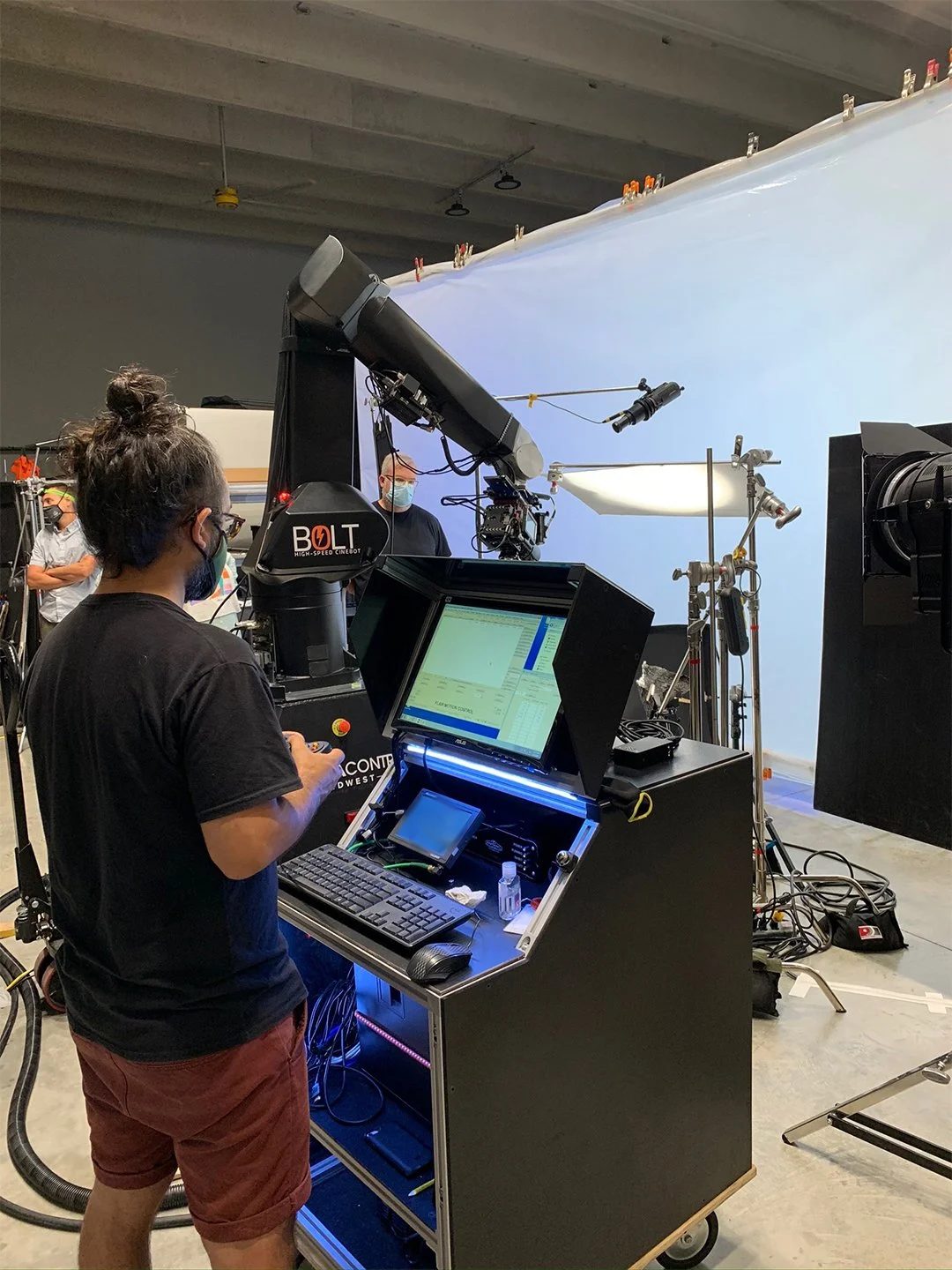How Much Does Video Production Cost? What to Expect Across the U.S. Markets
Video production is an integral part of modern marketing strategies, educational initiatives, entertainment and more. When your business is looking to create video content, understanding the costs involved is crucial for effective planning. However, pinning down exact figures is challenging due to variables like location, scope, and production quality. Let’s dive into what factors influence these costs and how that can look across different regions in the United States.
Location, Location, Location
Geographical location plays a significant role in determining commercial video production costs. Major hubs like Los Angeles, New York City and San Francisco tend to have higher costs due to cost of living expenses, demand and concentration of specialized talent and equipment. In contrast, smaller cities generally have lower costs but may offer fewer resources and talent options.
Filming in your own office space vs taking on a video studio rental can impact costs also. While the former may be cheaper, the latter may offer more resources.
Project Scope and Complexity
The scope has a direct impact on costs. A simple interview will cost considerably less than a full-scale production with multiple locations, professional talent, and a large crew with specialized equipment. Factors such as scripting, film permits, and number of deliverables all further impact the final bill.
Equipment
Quality of production equipment can influence both production value and costs. Shooting HD will save money but provide limitations in post. Shooting 4K (but editing HD) will give you more flexibility during the edit and longevity of your footage but can have a higher price point. Specialized equipment like drones, higher-end cameras, and motion control cameras can result in some fantastic footage, but they come at a price.
Creative Talent and Crew
Size of the crew directly impacts labor costs. Depending on the project, a larger crew may be required which increases costs, but also increases productivity and quality. A smaller camera crew might be better for the budget overall but can incur additional time.
If your production requires you to hire on-camera talent, additional expenses will be required. Not just for labor, but auditions, agency fees, wardrobe, etc. If it is an option for your project, using company employees can reduce these costs.
Post-Production and Editing
Multiple days of footage, complex graphics, lengthy final runtimes and number of revisions all impact the final budget number. Tight turnarounds can also increase costs if it requires the post team to work late or through the weekend. Delivery of multiple versions (such as editing one video into multiple aspect ratios for different social media accounts) can further impact costs. Knowing how many versions you want for your marketing video before filming can assure the crew accounts for it during production, which may save time on the backend.
So HOW much does video production cost?
With our vast experience in Chicago video production, we have been able to come up with a cost range of $3,500 - $4,500 for a typical crew in mid-tier markets. This includes a 3-person crew (Director of Photography (cameraman), audio tech, and gaffer), one camera, audio gear & basic 3-point lighting setup. But what about places like LA and NYC? Or Rutland, Vermont?
On the High End
LA and NYC can see inflated costs, mostly attributed to the higher cost of living in the area. In our experience, we include a 30-40% buffer that has served us well in these areas.
On the Low End
The “low” end in a smaller city is not as low as you would expect. In our experience, we have only dropped our average rate down by 10-15% in these markets. This is due to the lack of skilled crew working “local” to these areas and the need to travel crew – and sometimes equipment – to these locations.
Production Craft, Inc. is a video production company based in Chicago, serving markets worldwide.
We are proud to be a Women Business Enterprise (WBE) certified by the State of Illinois Business Enterprise Program (BEP) and the National Women Business Owners Corporation (NWBOC).






